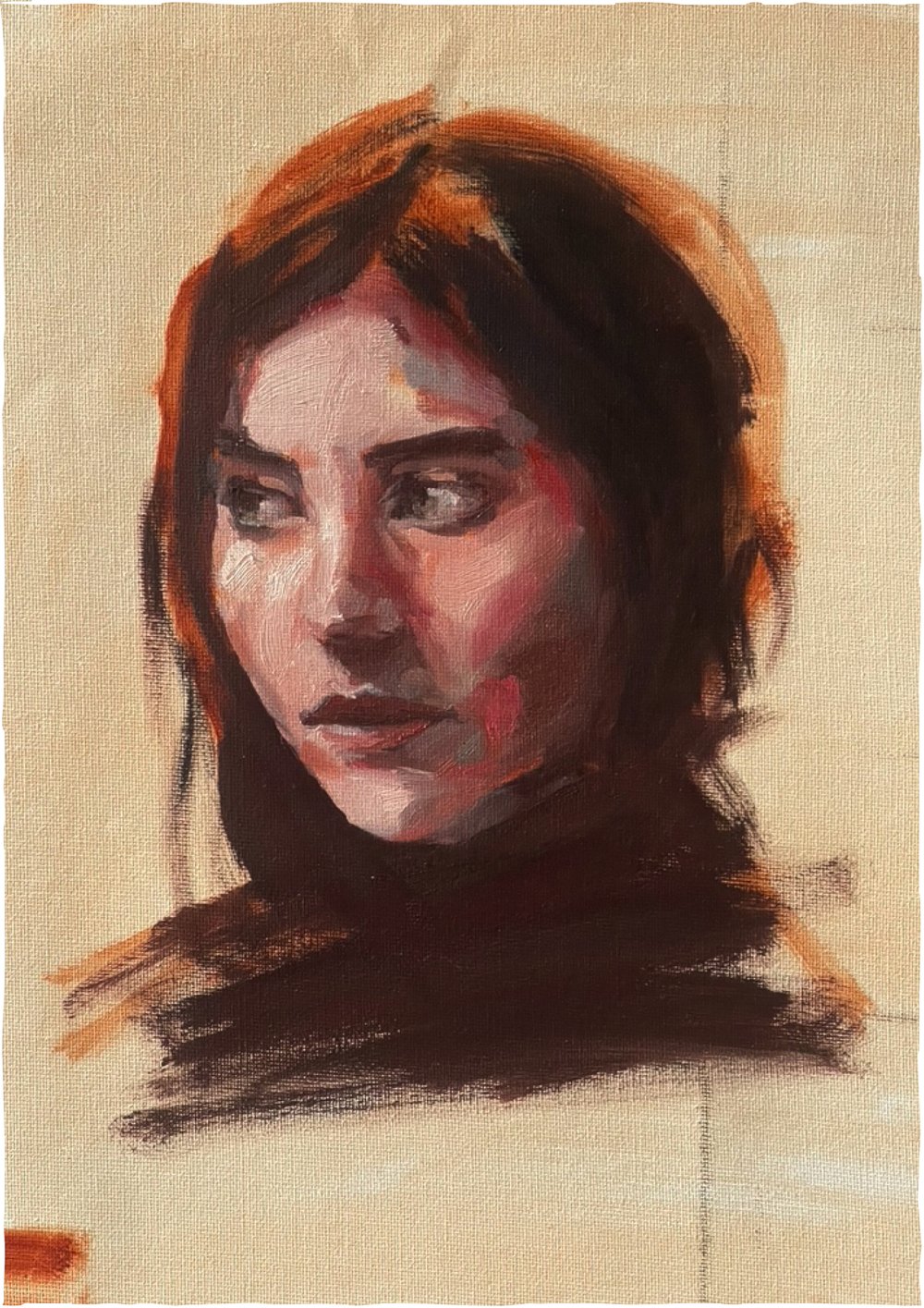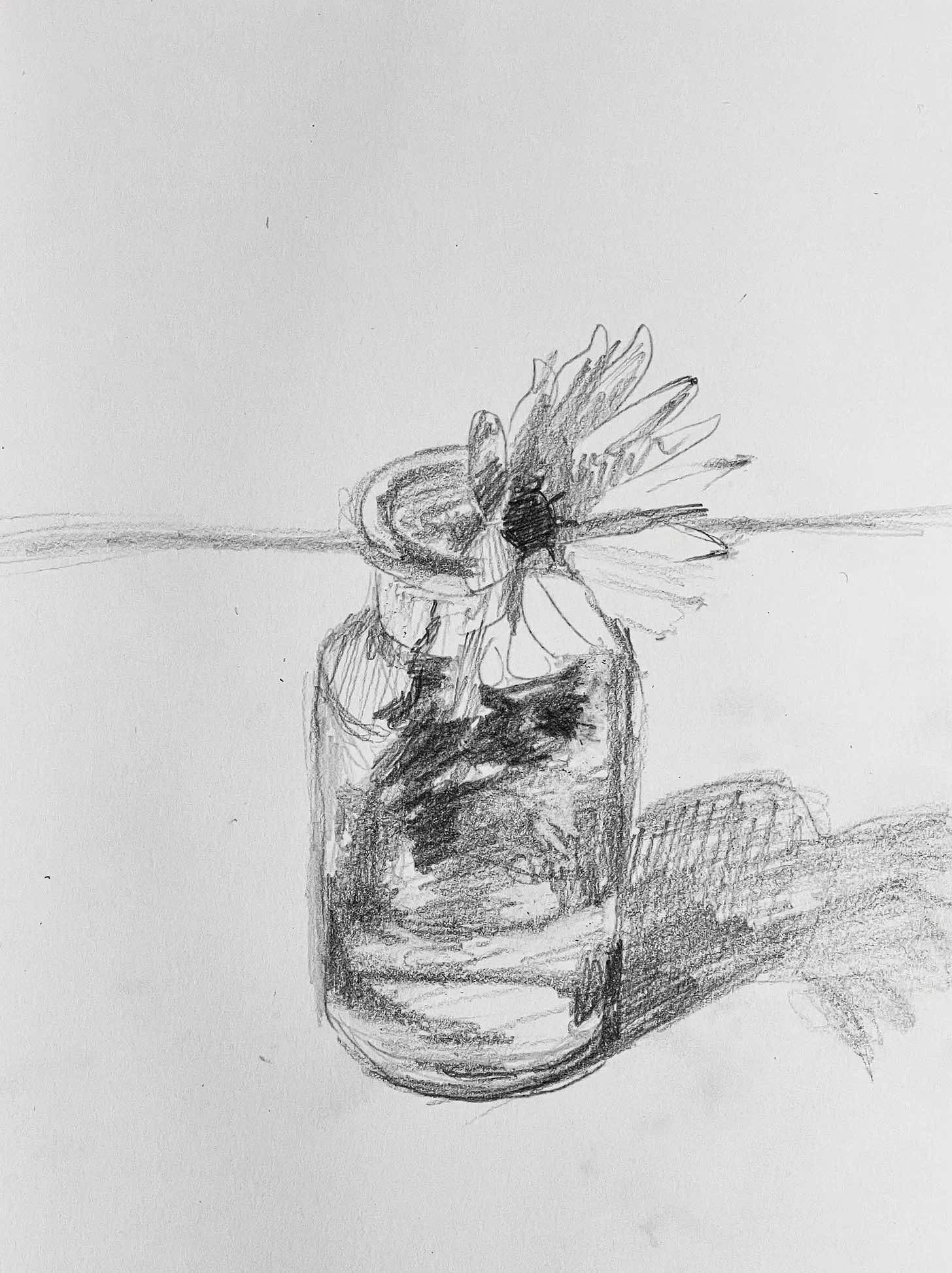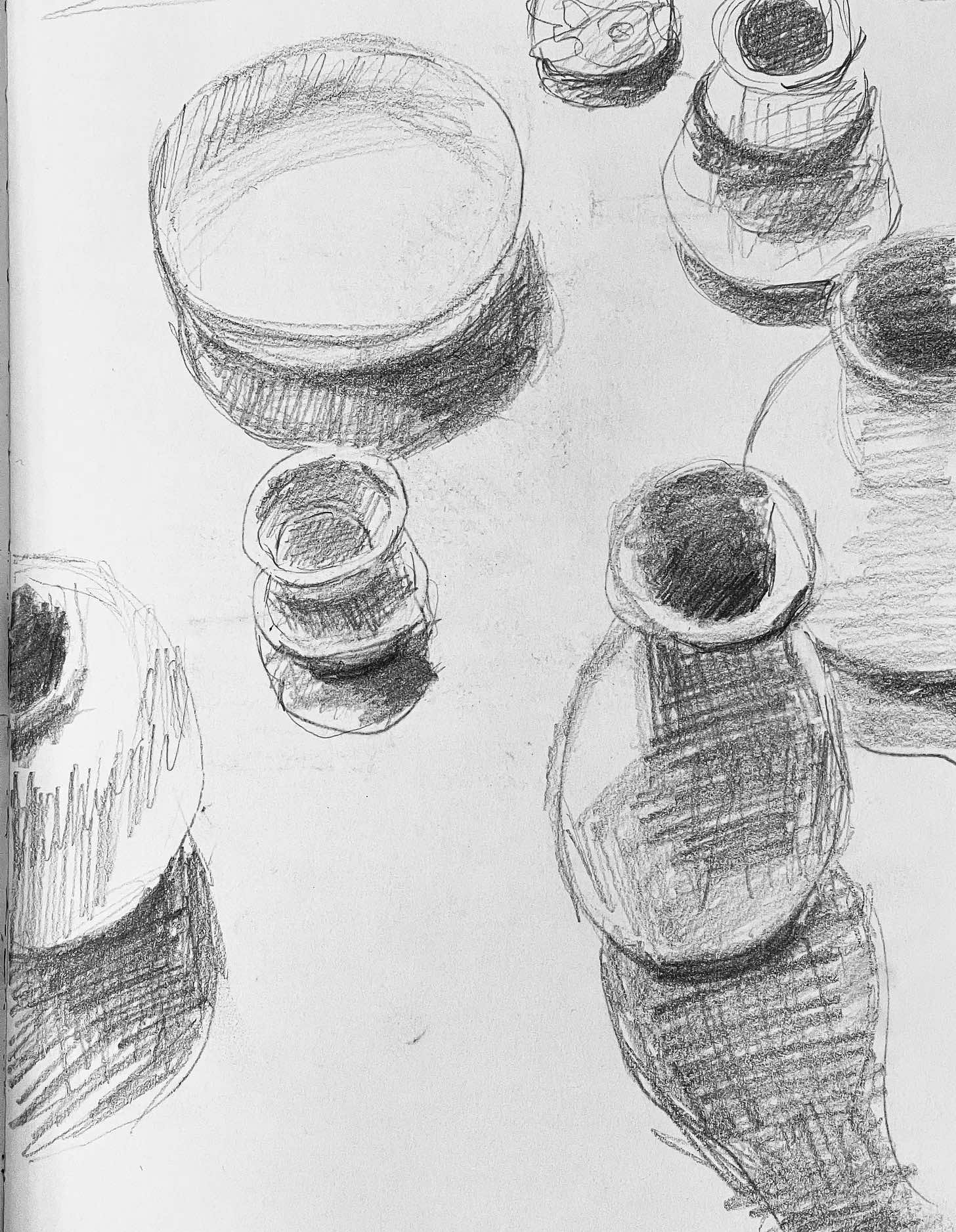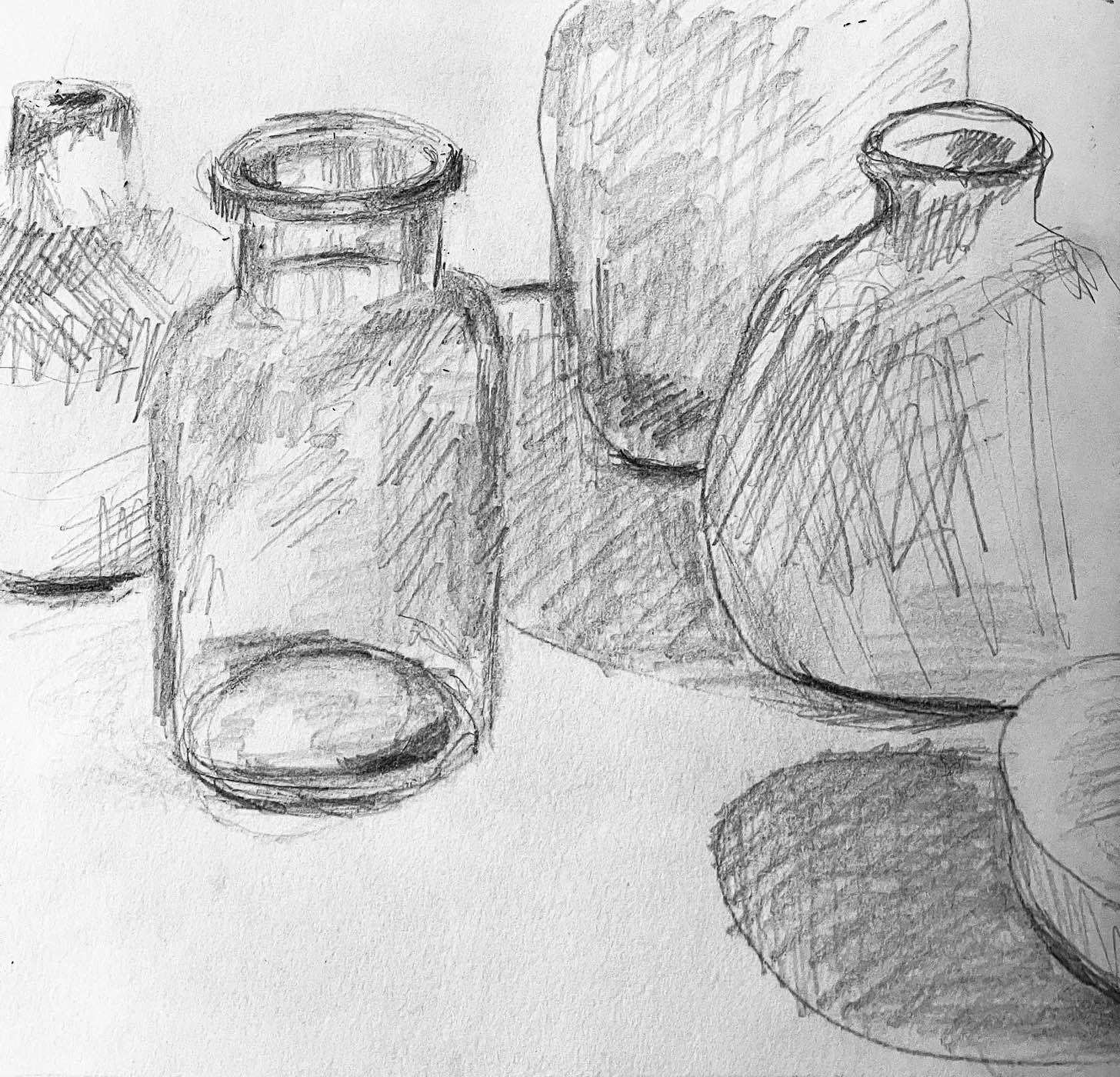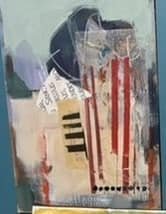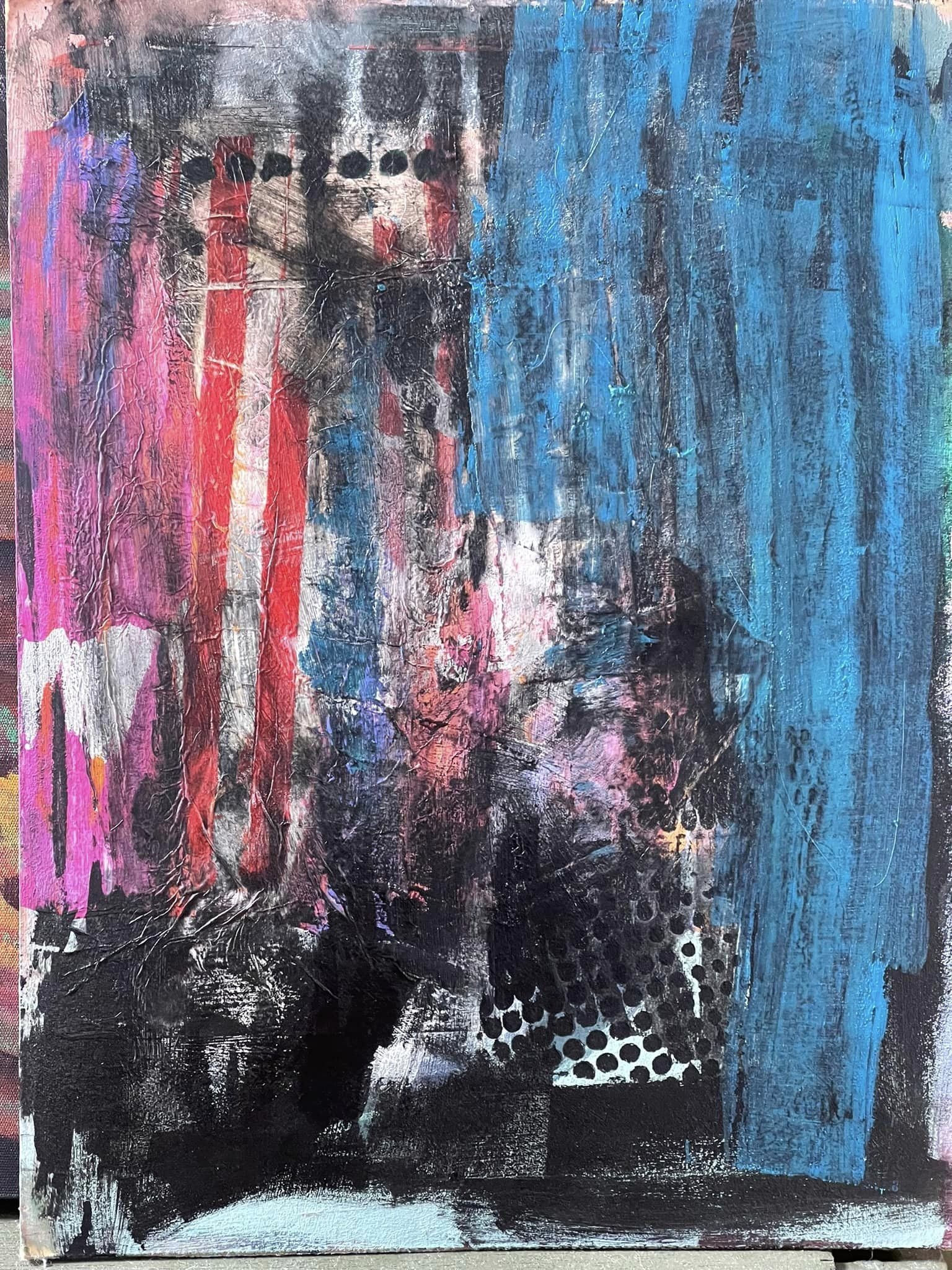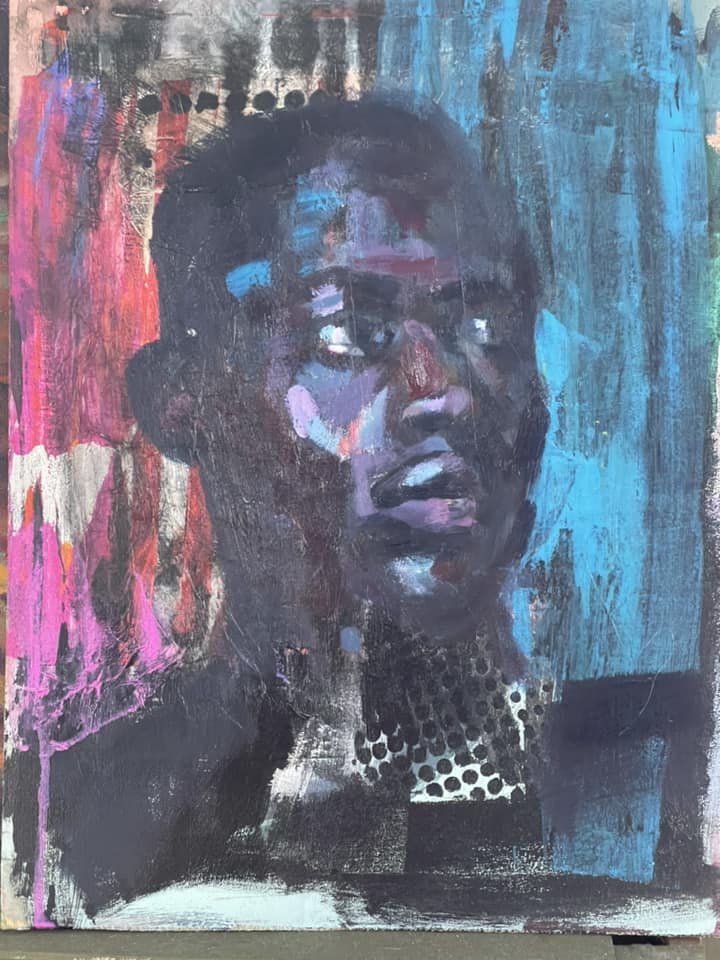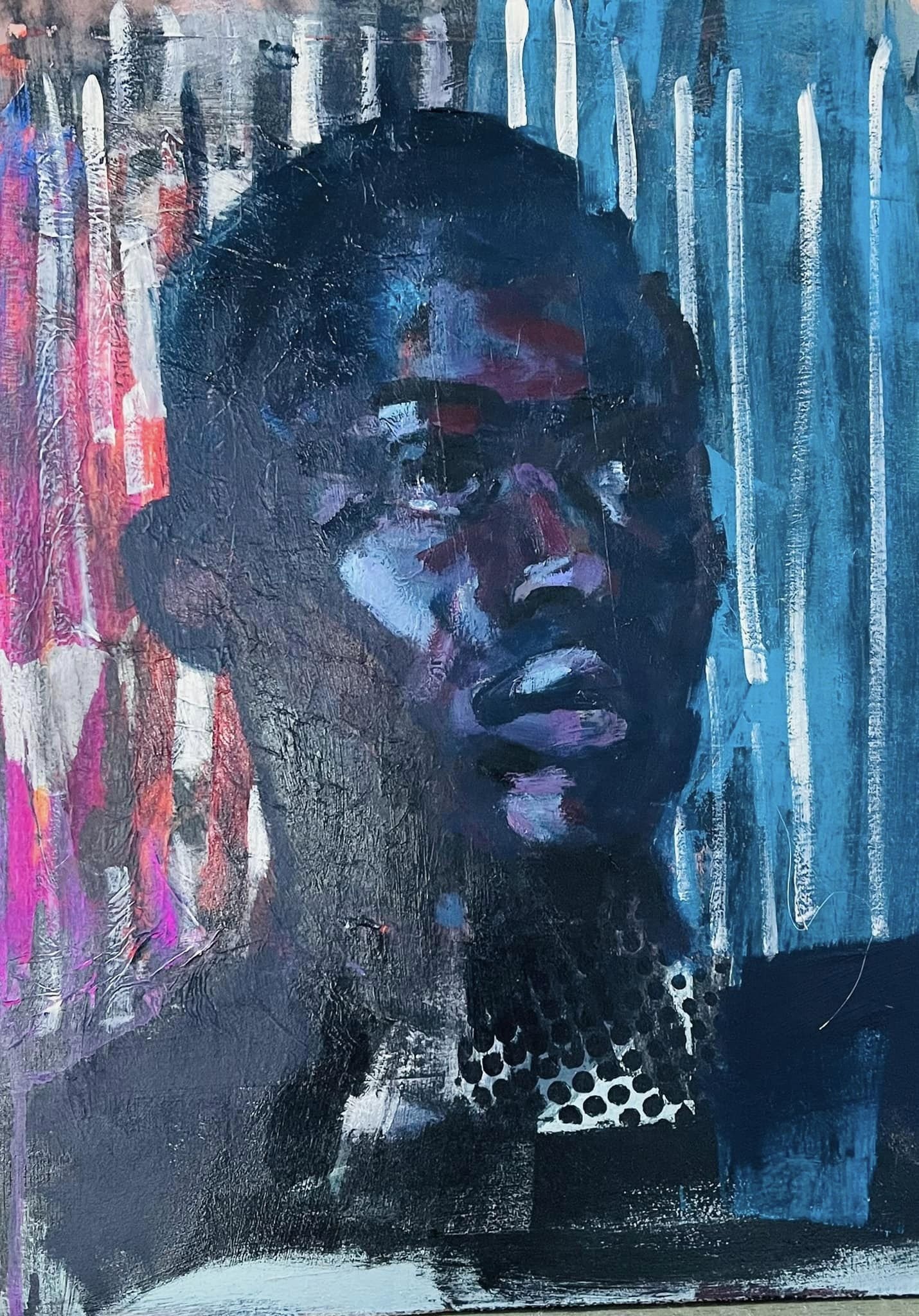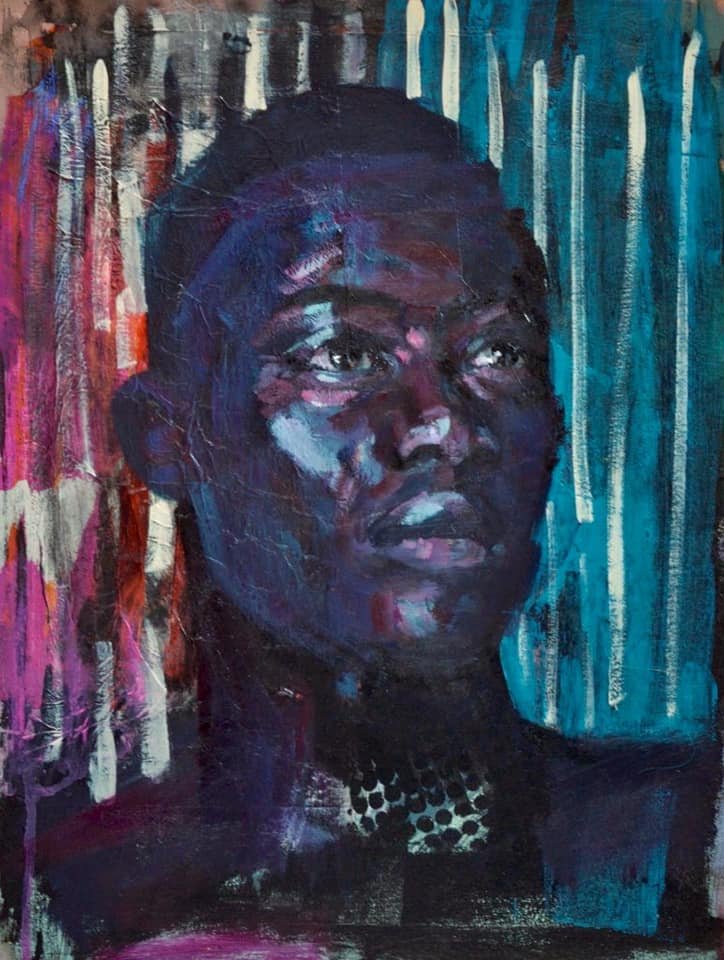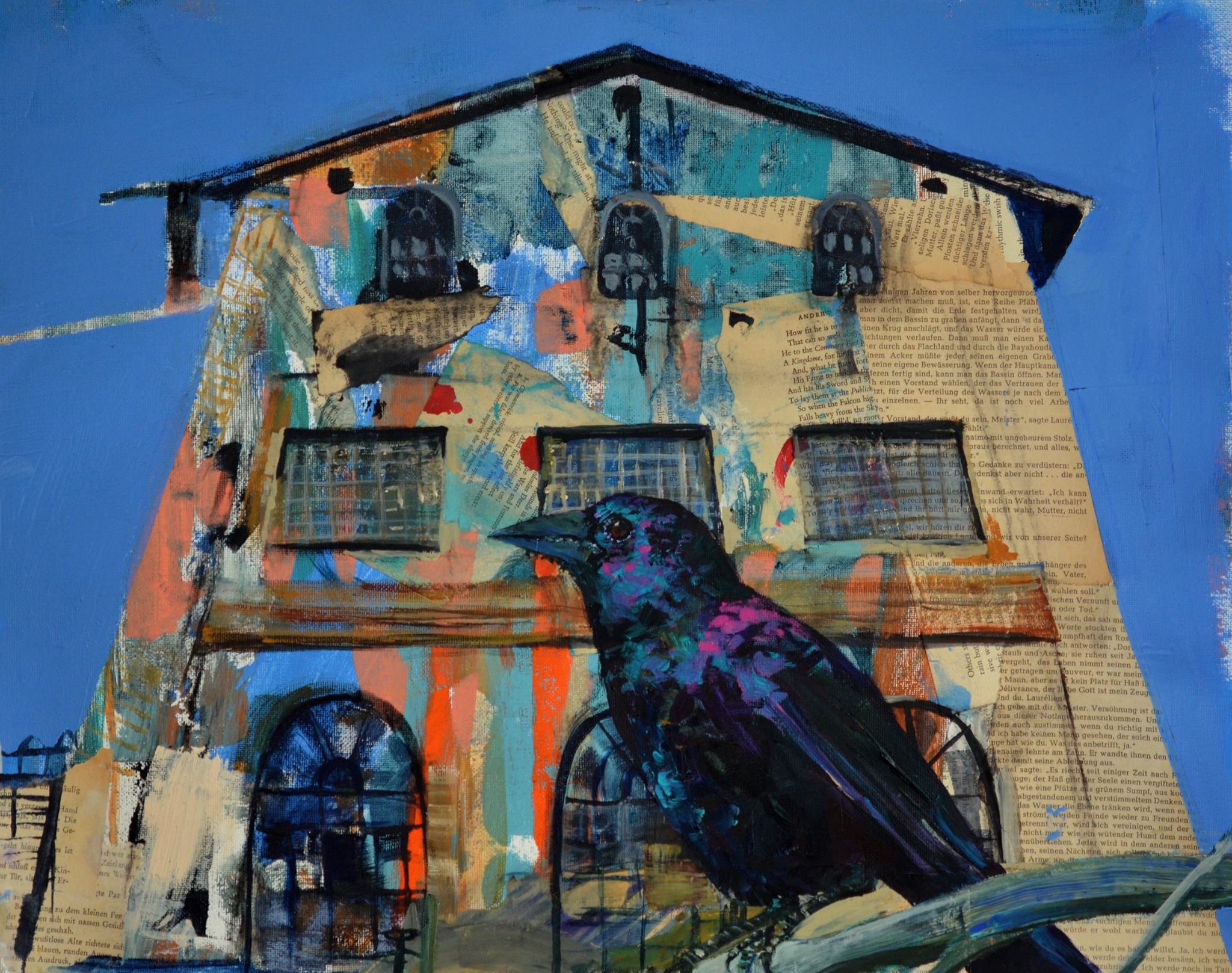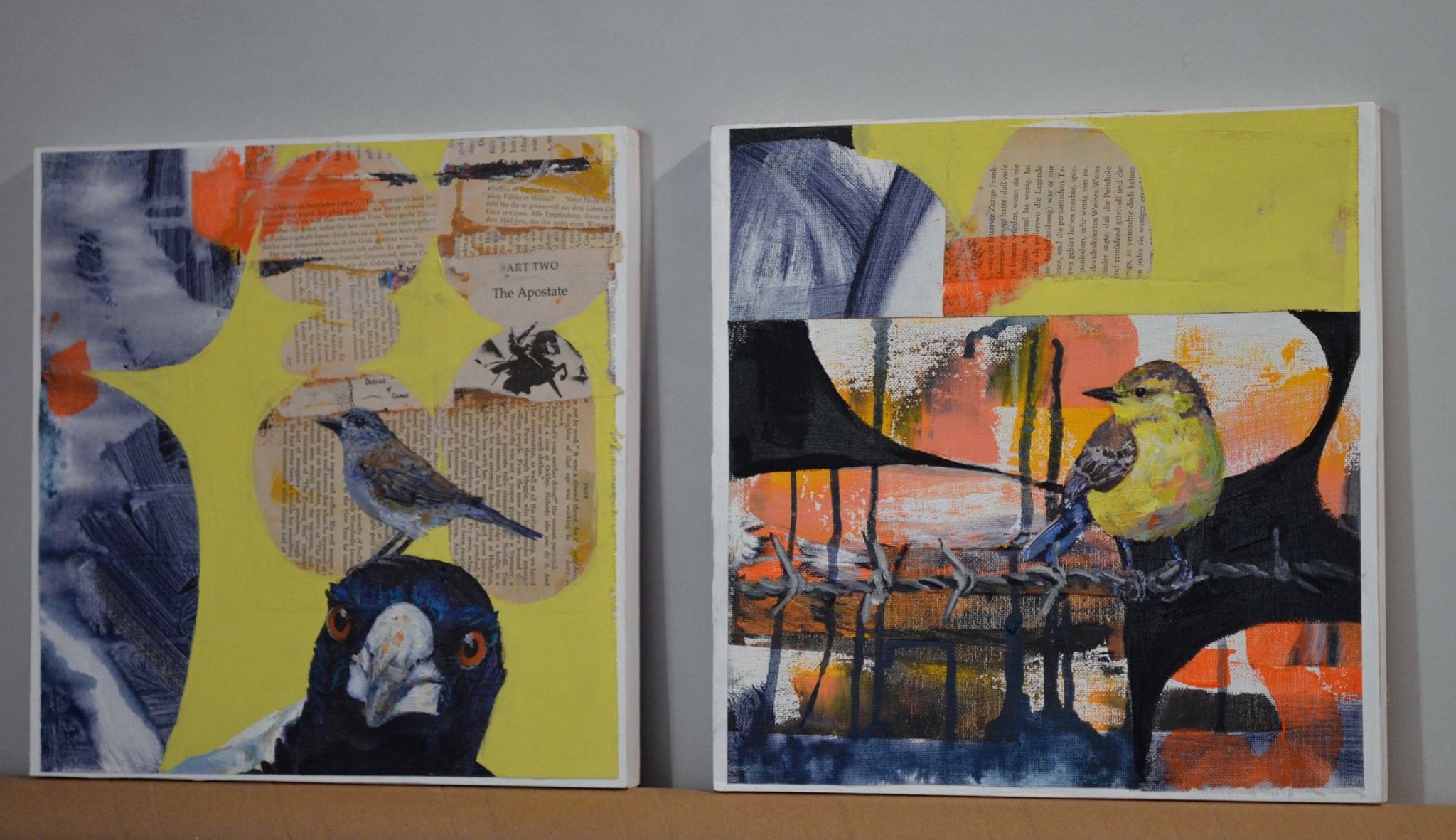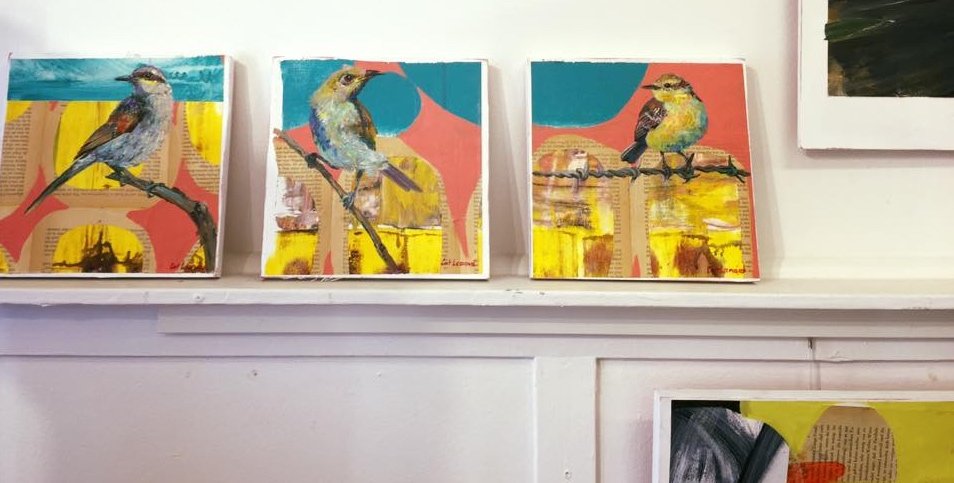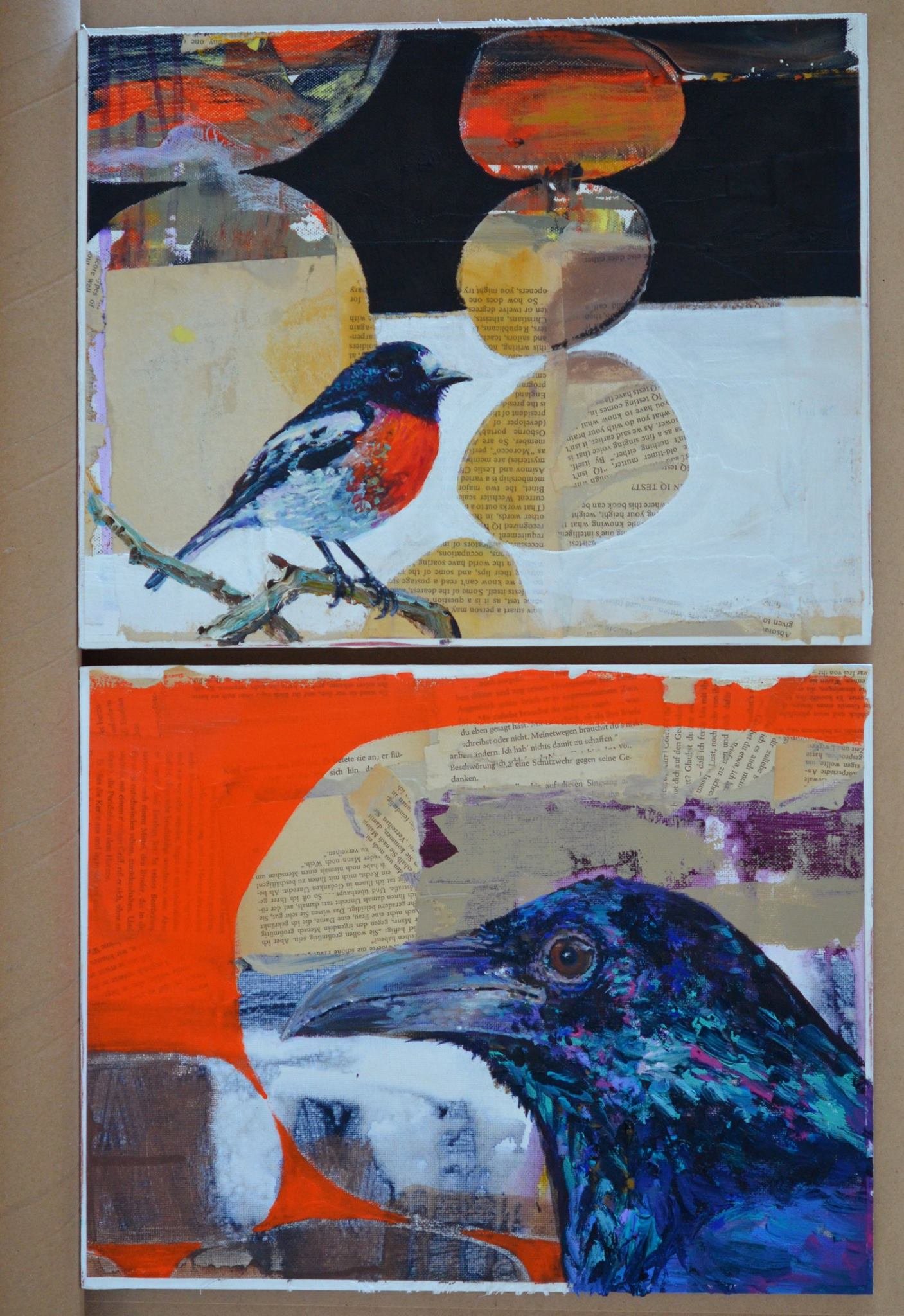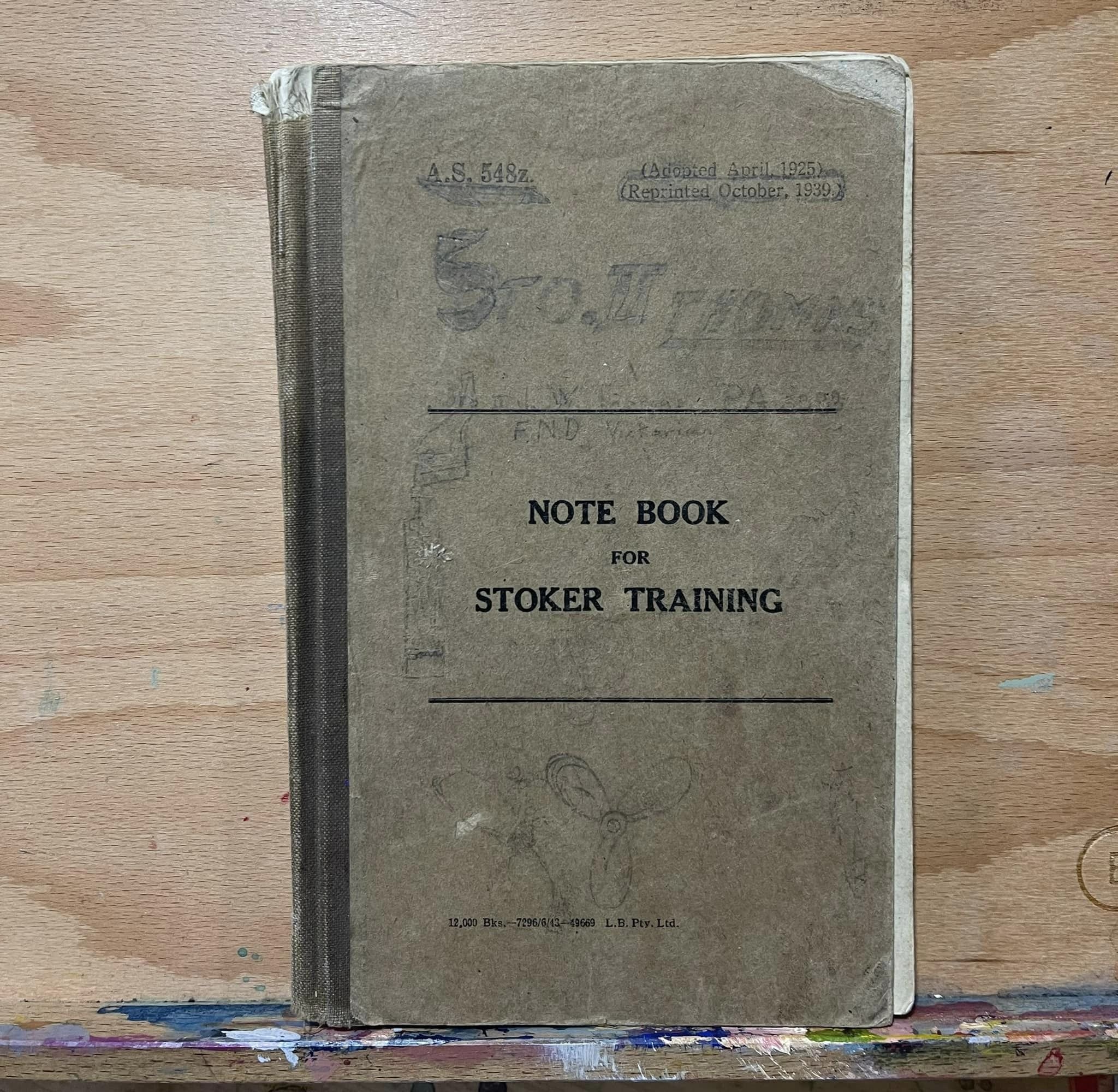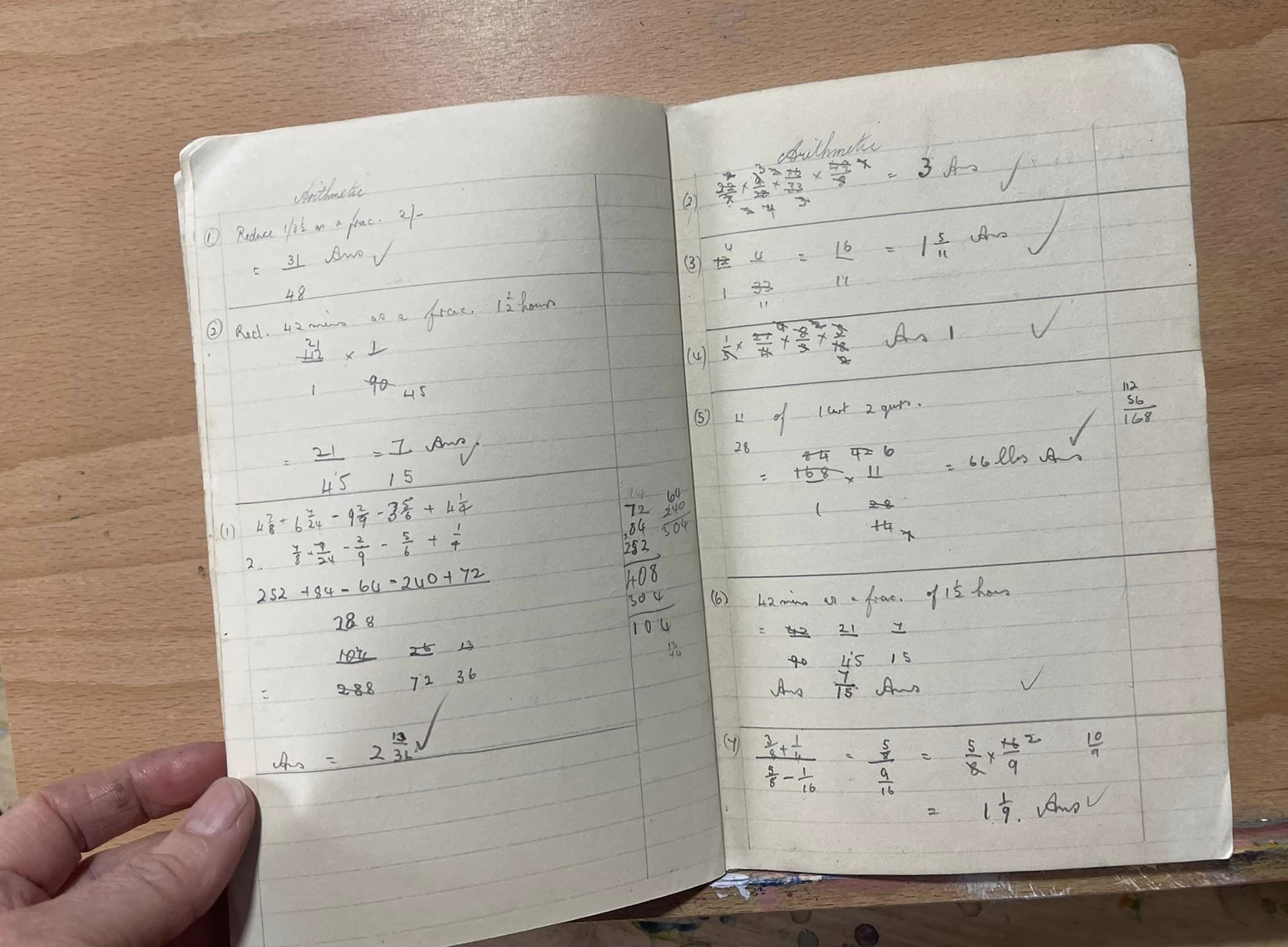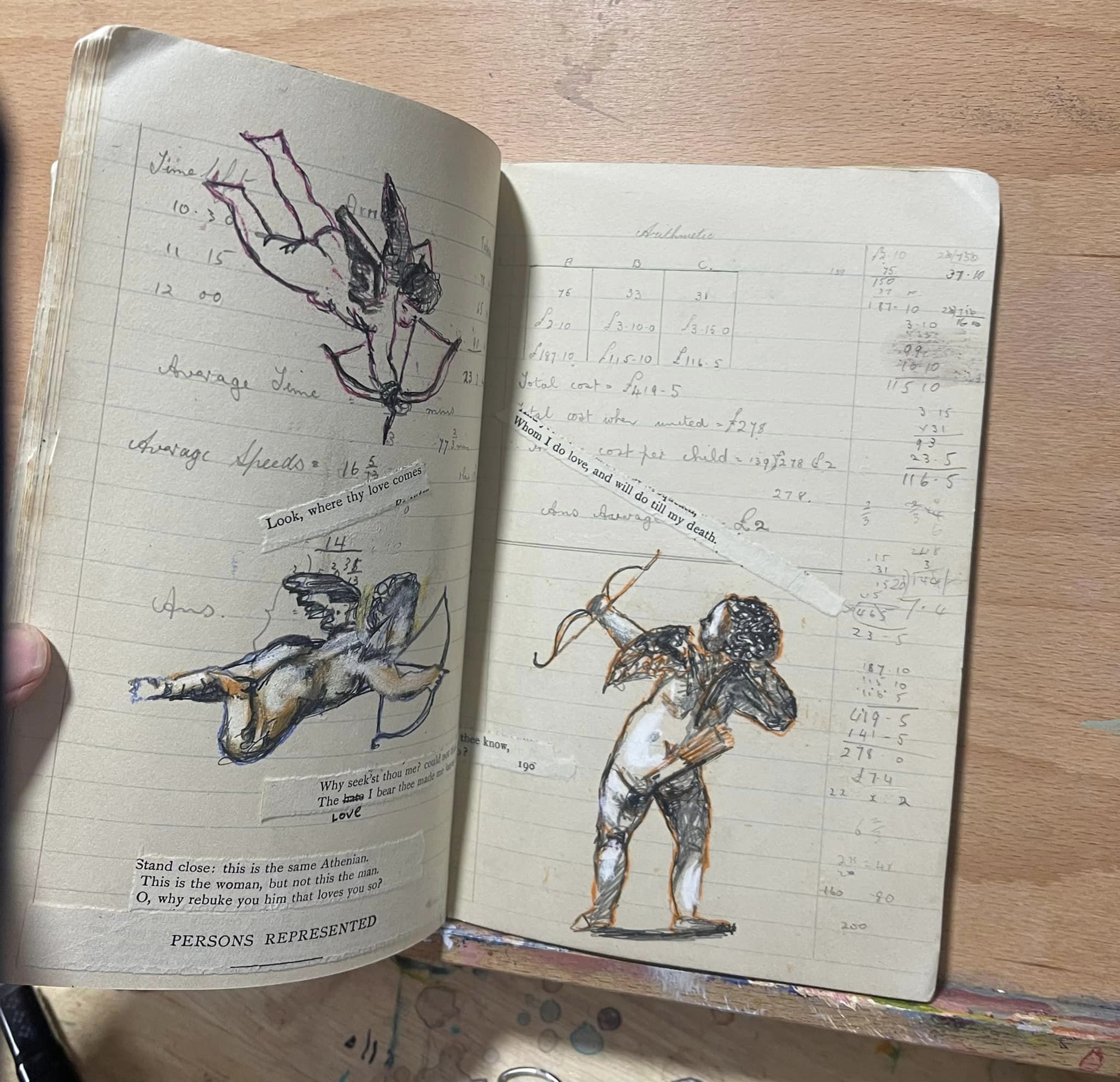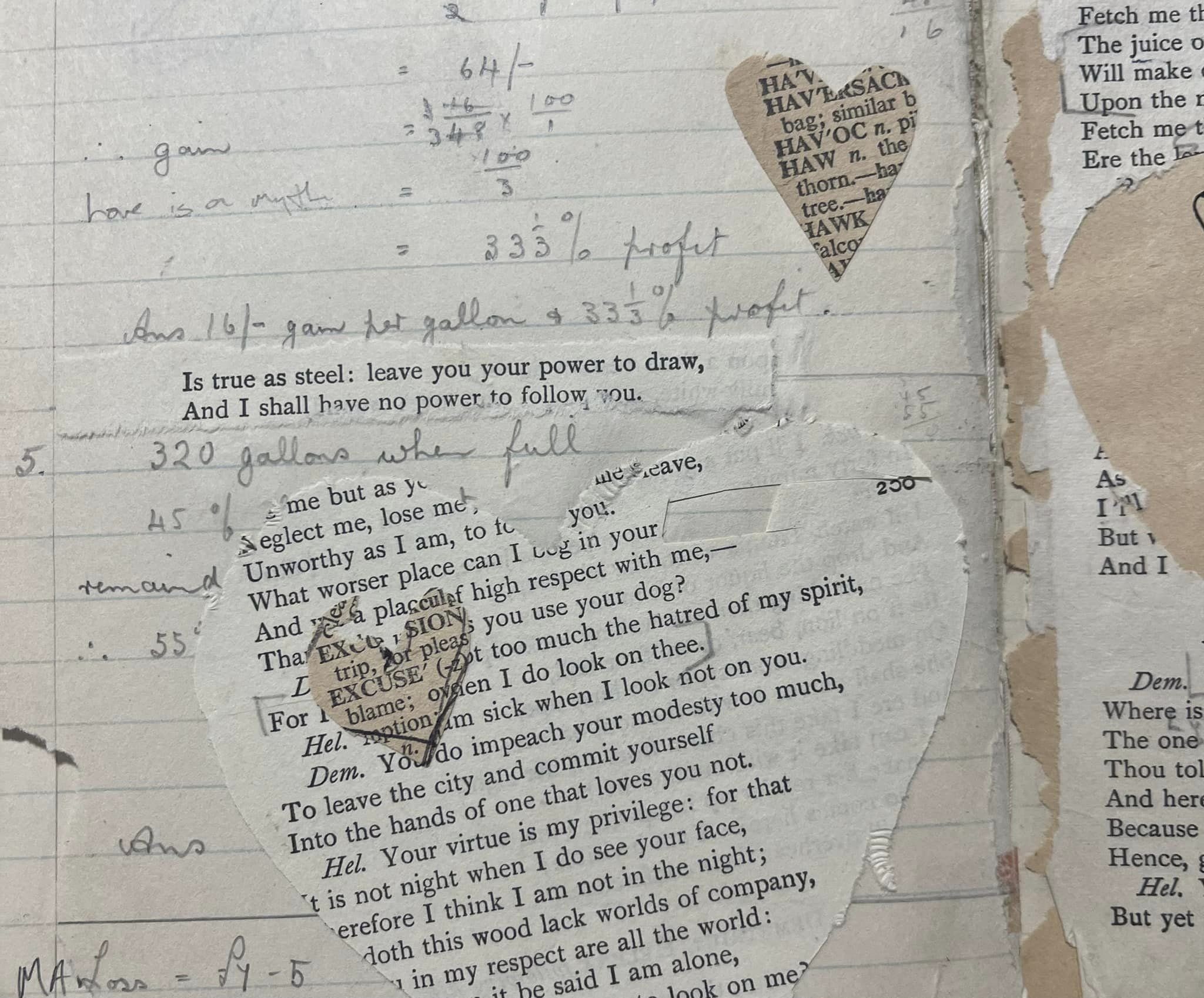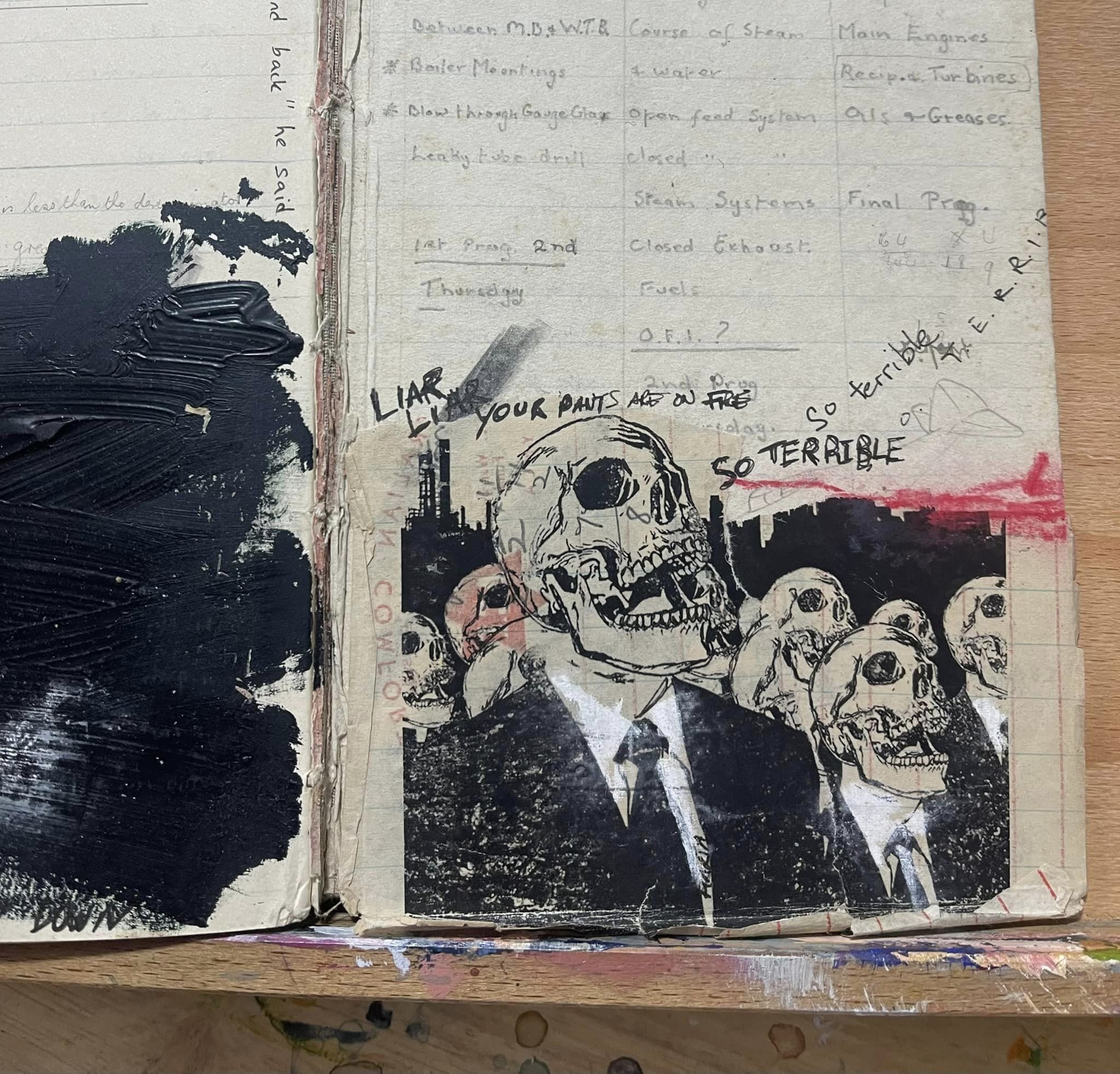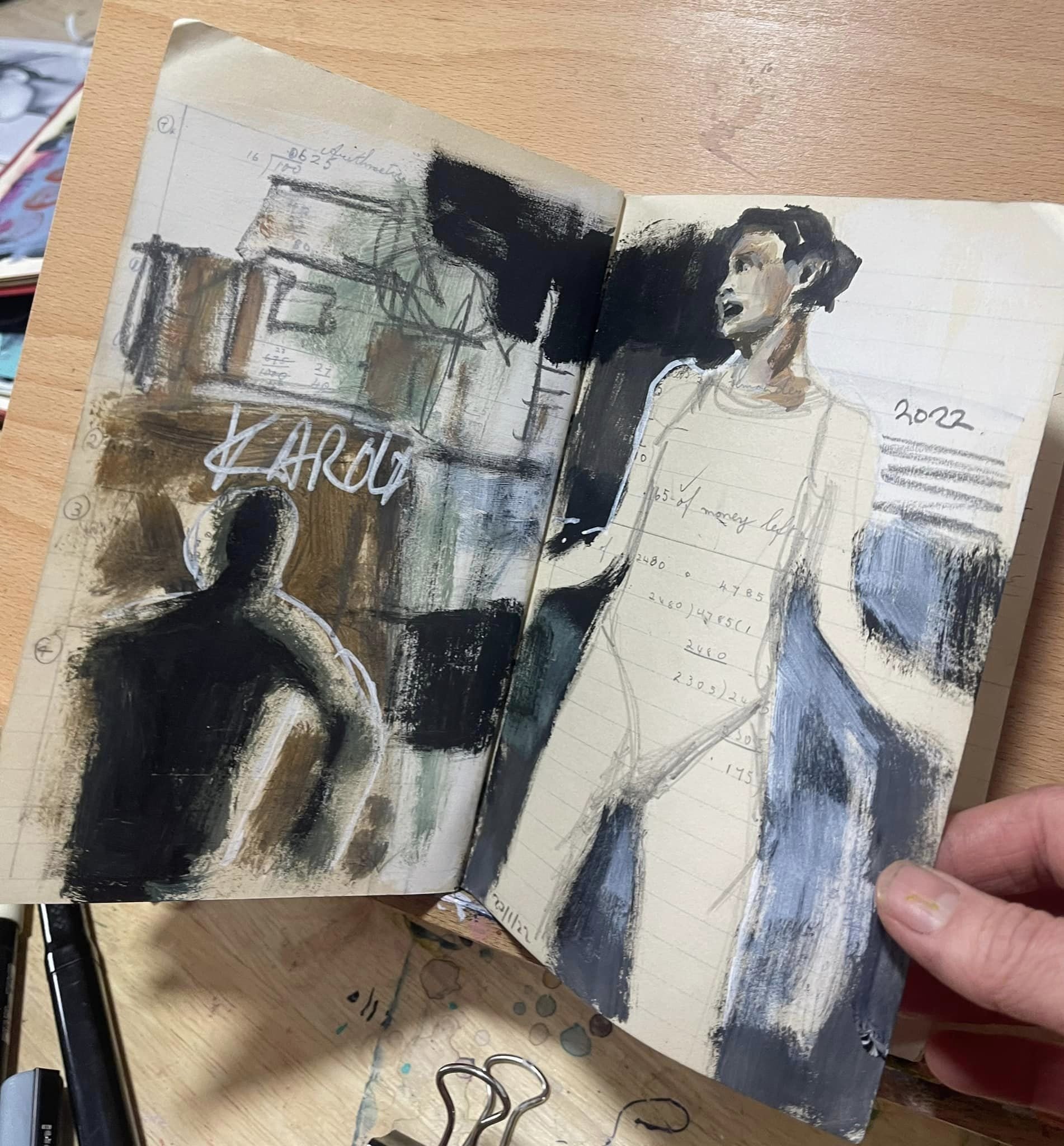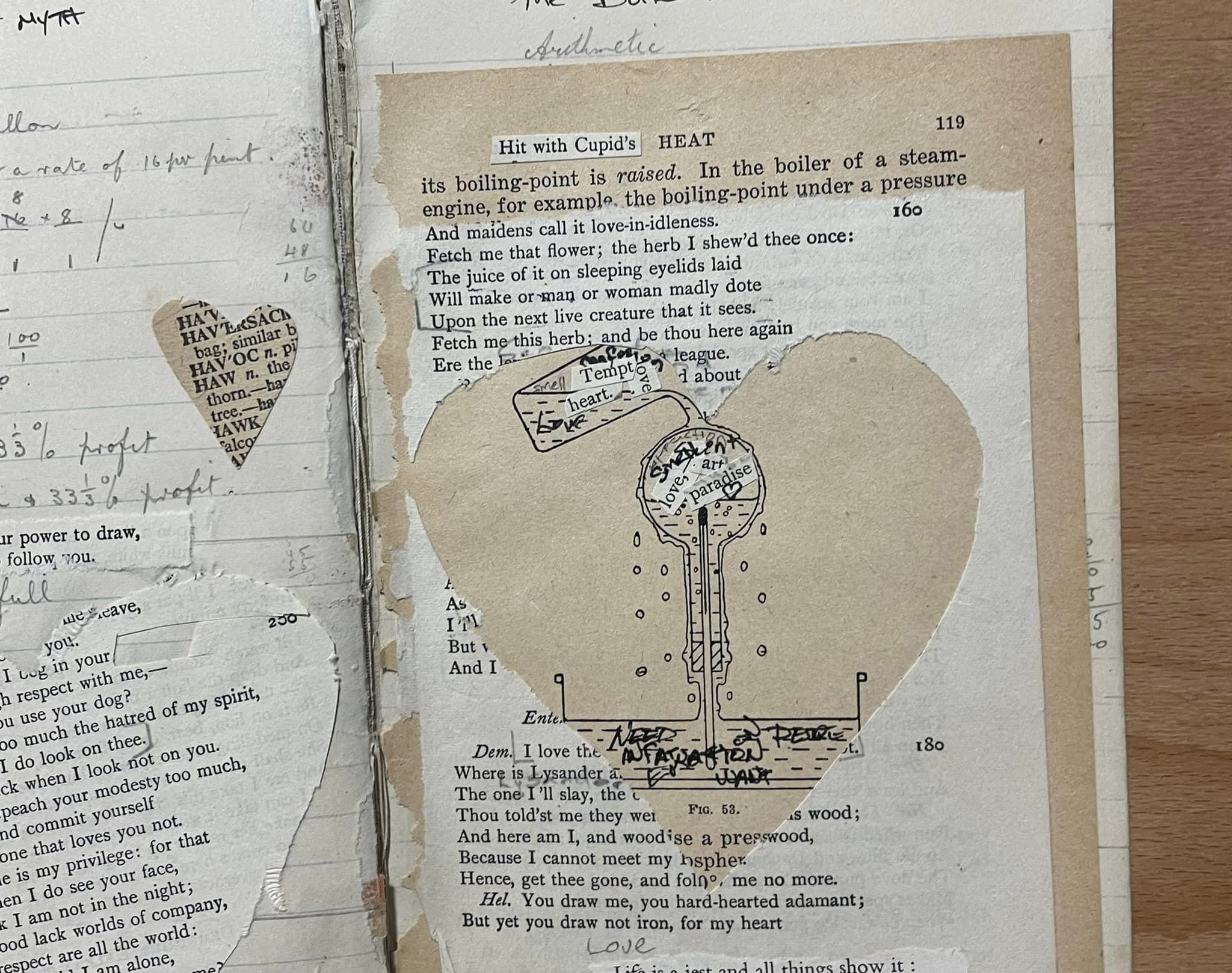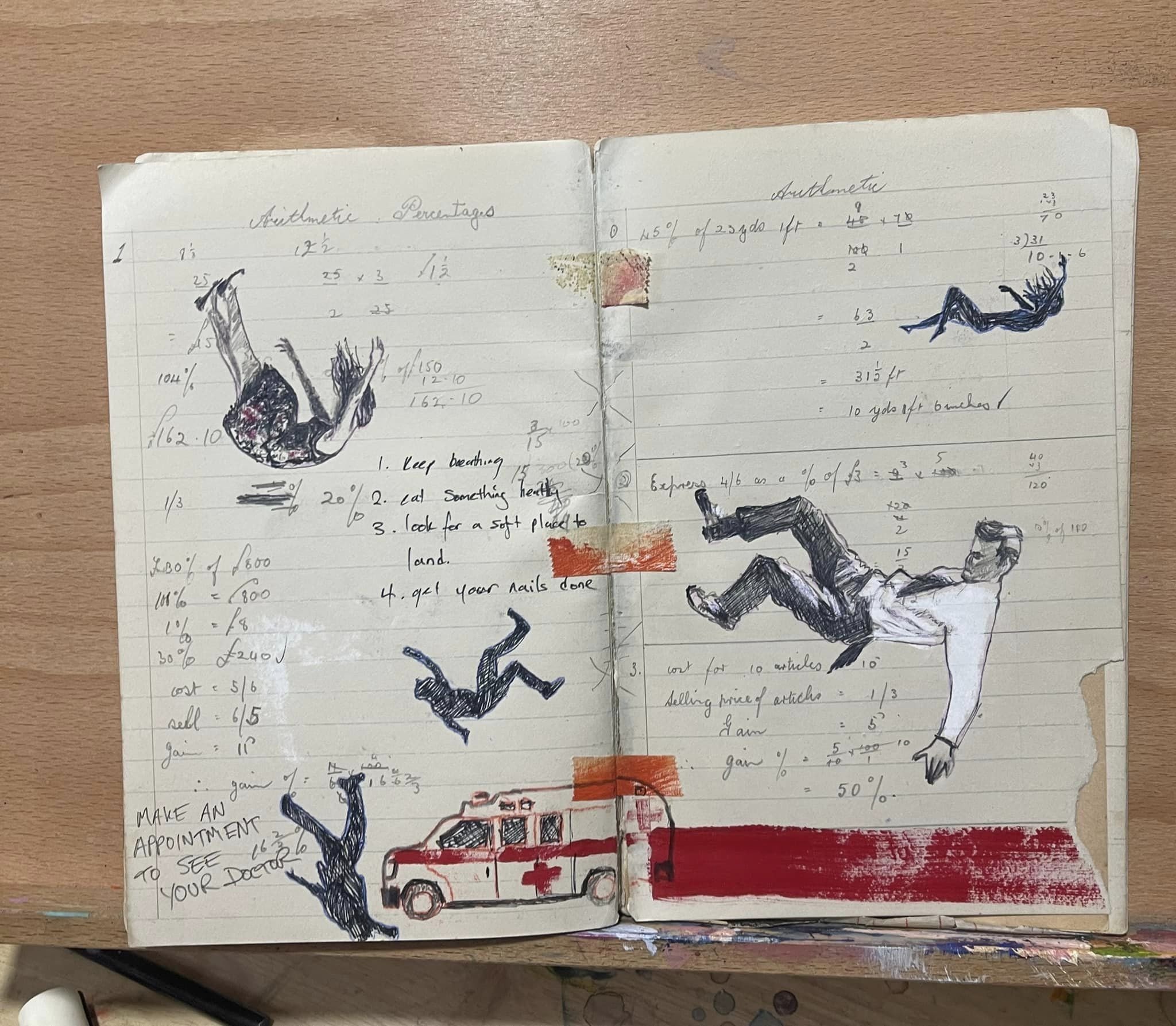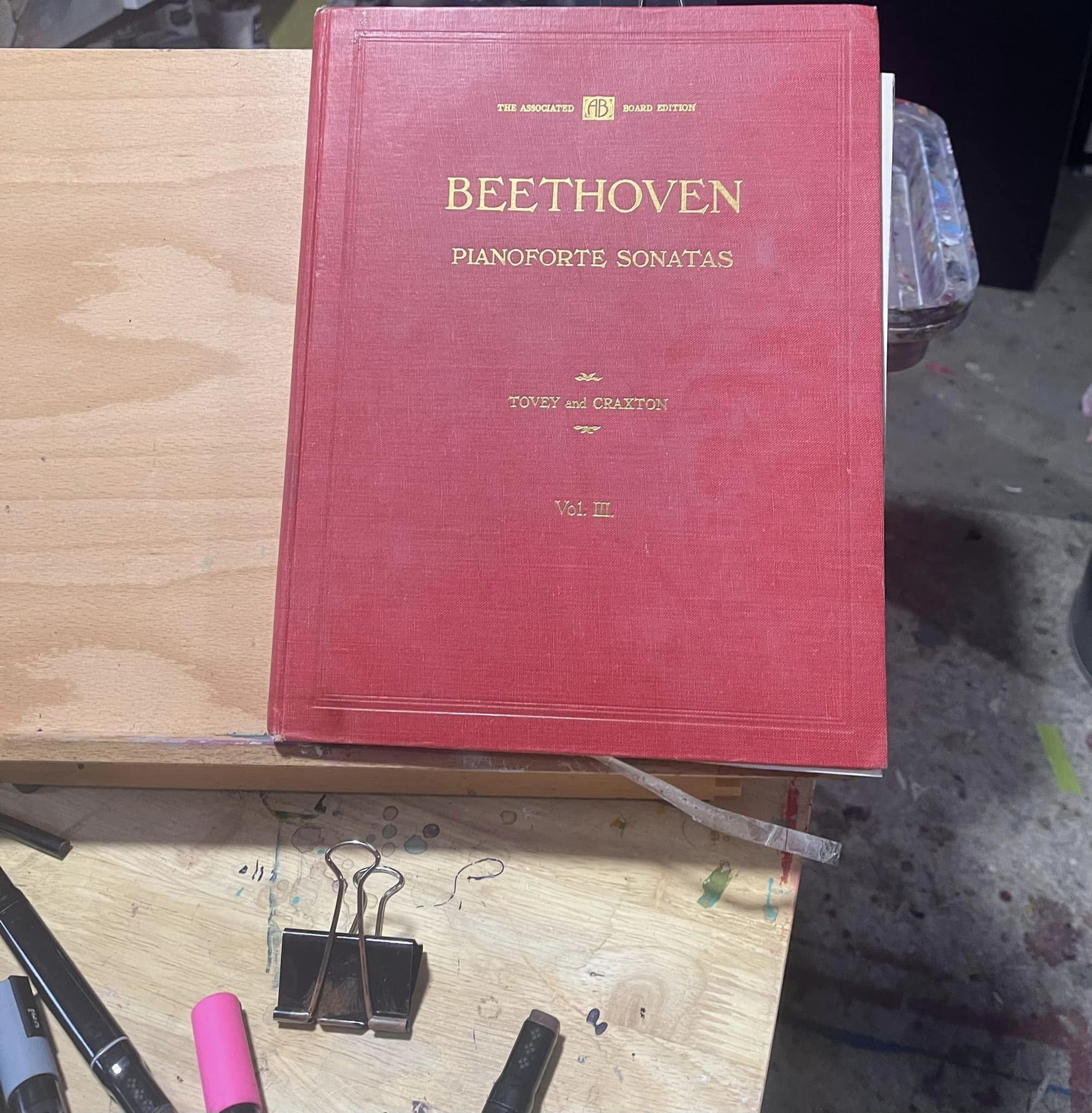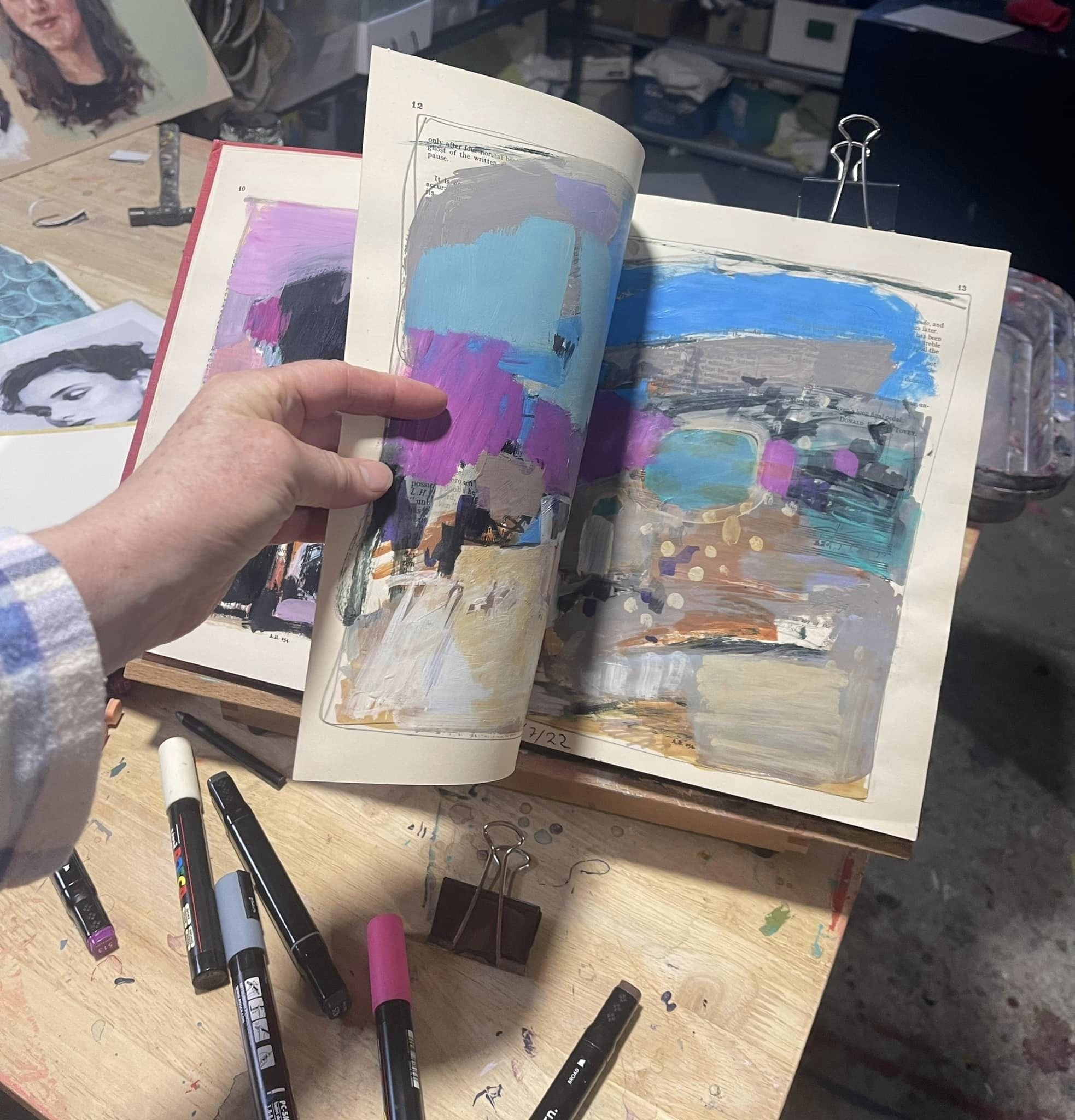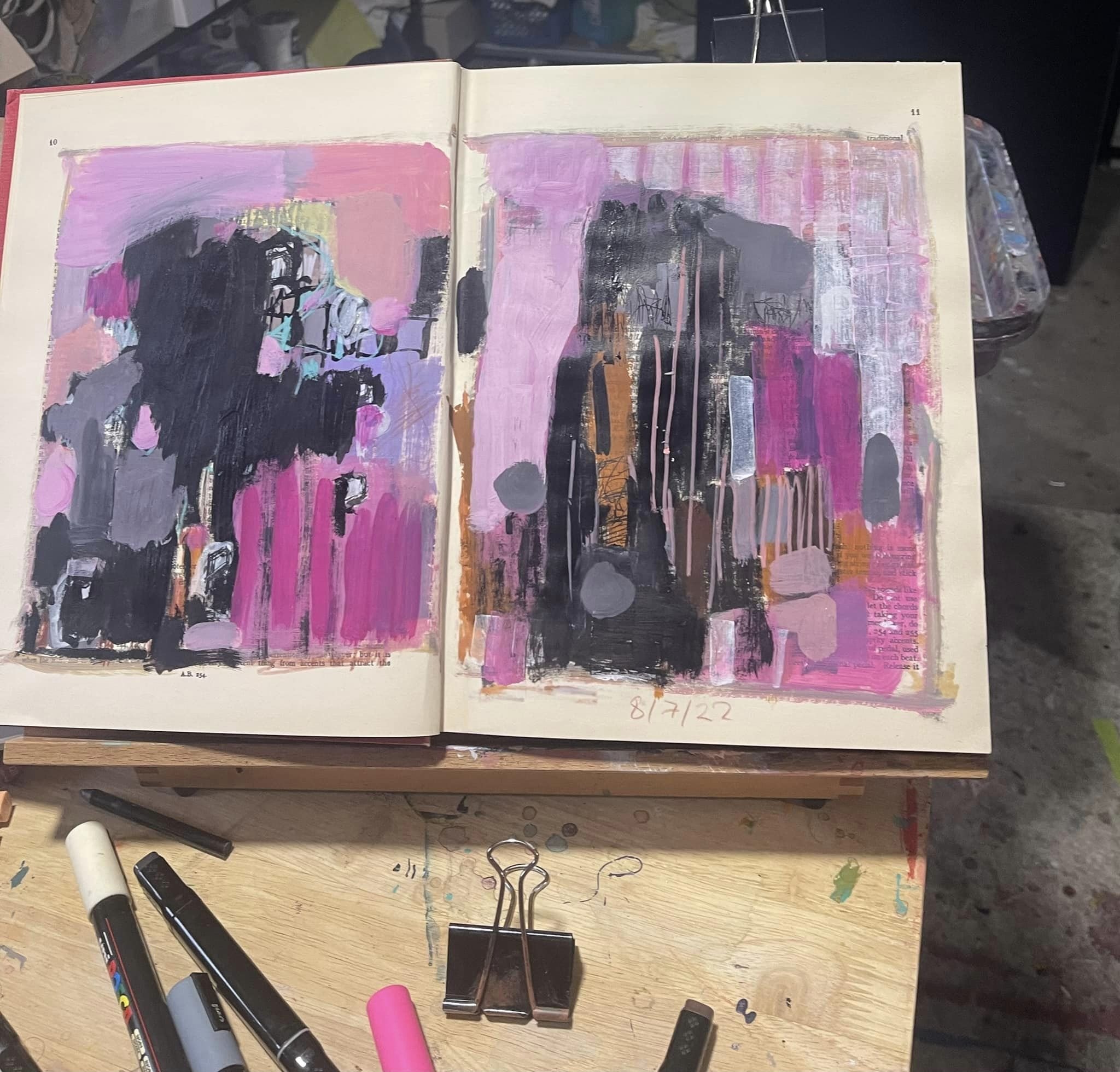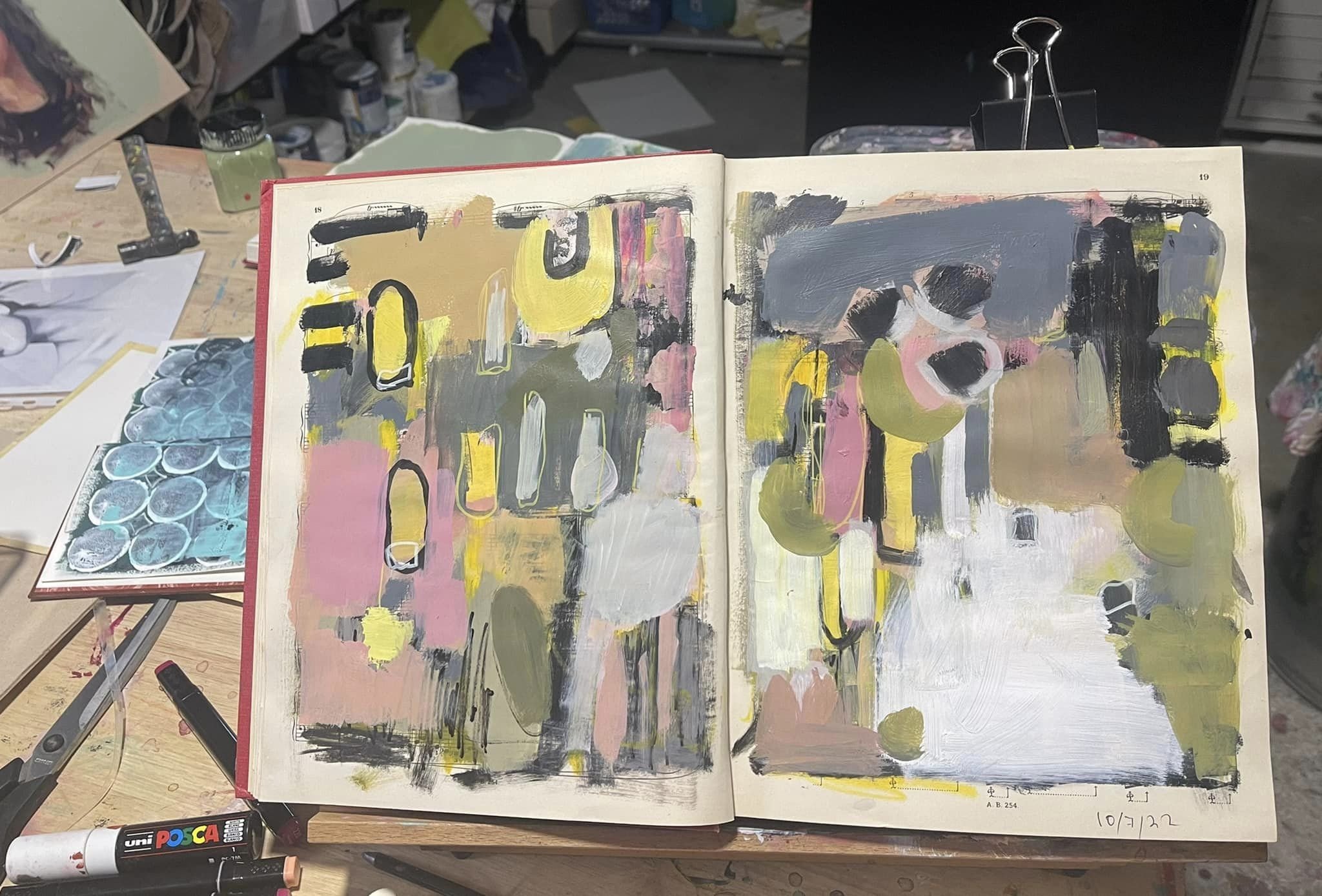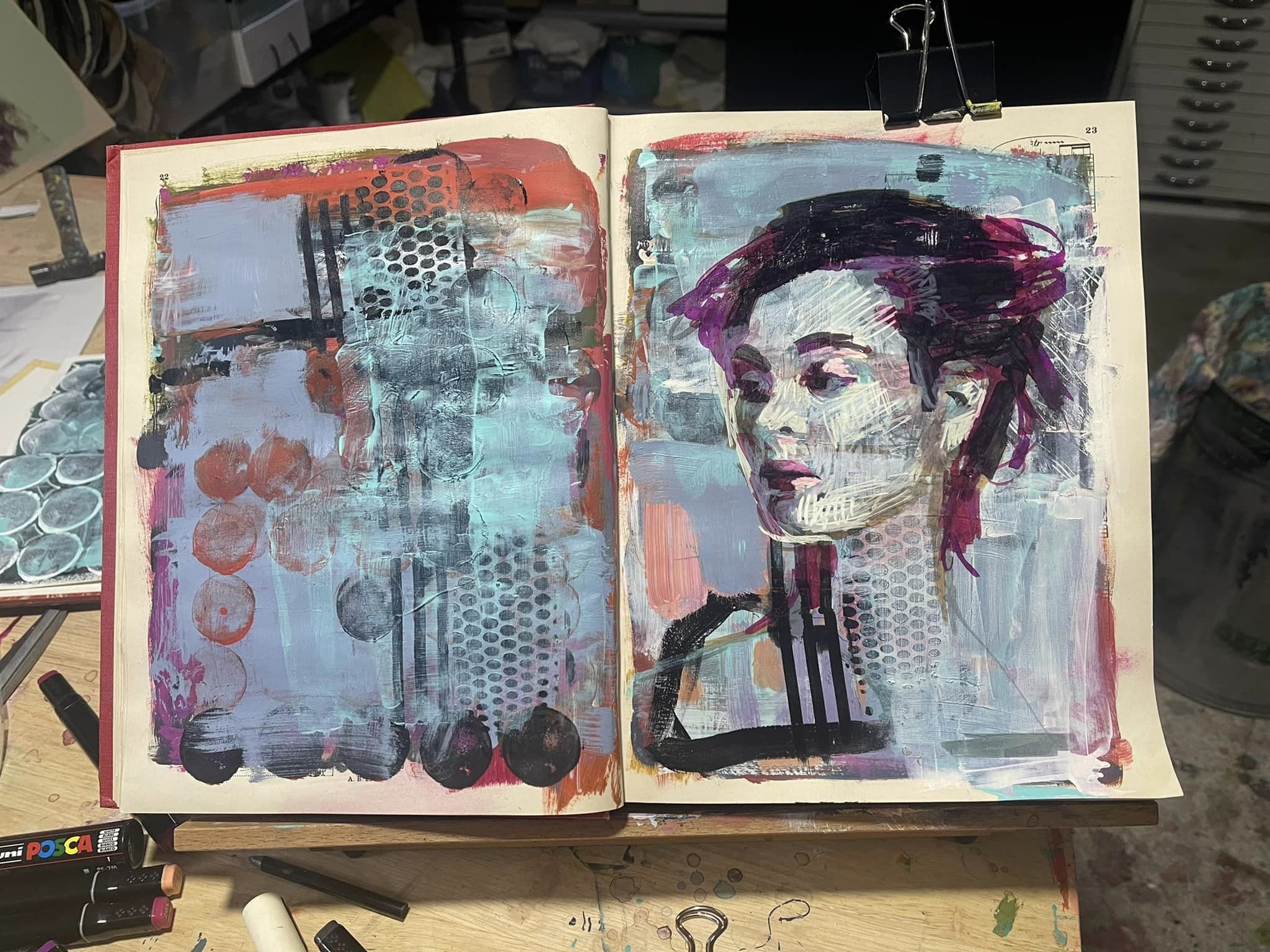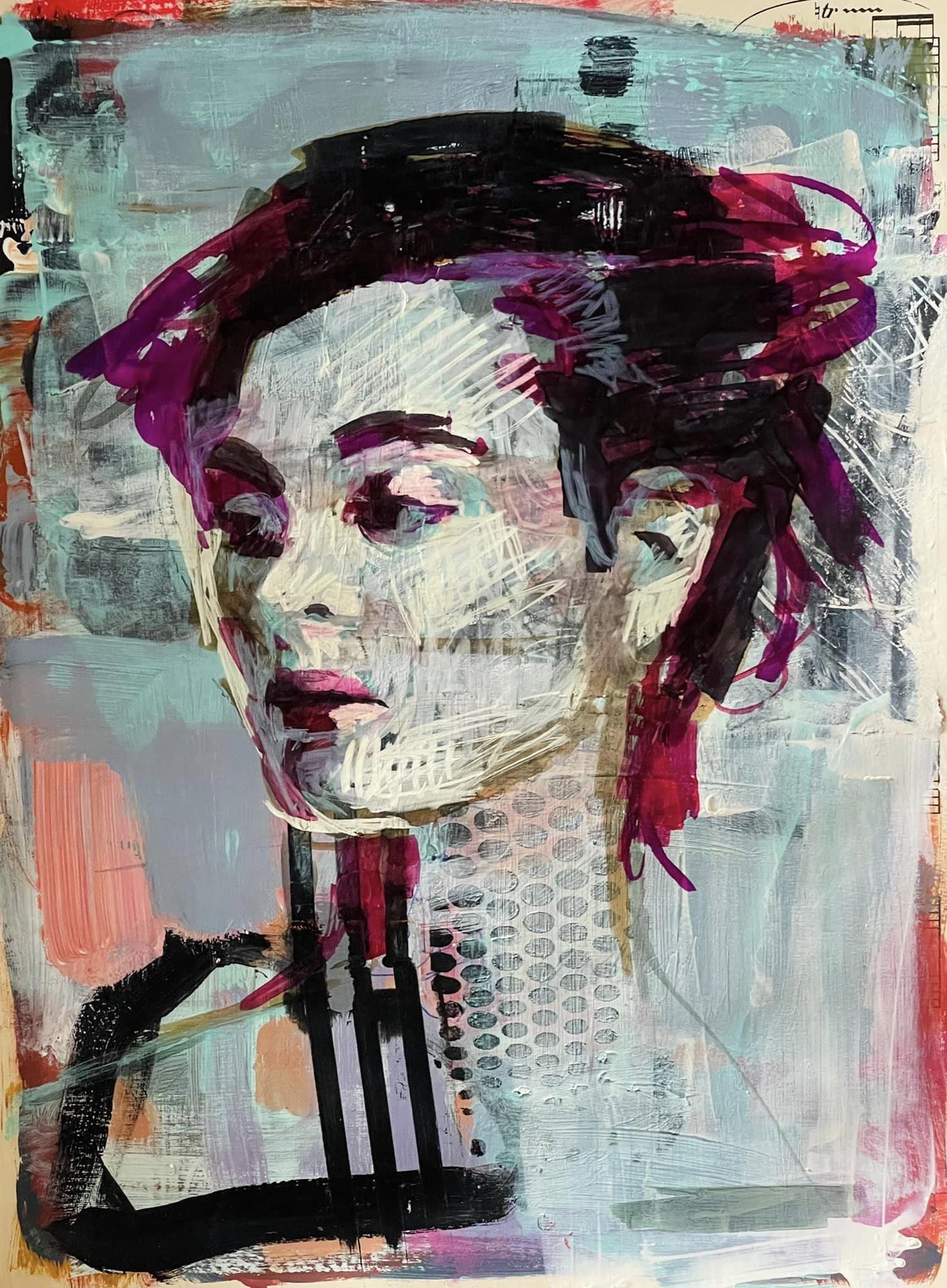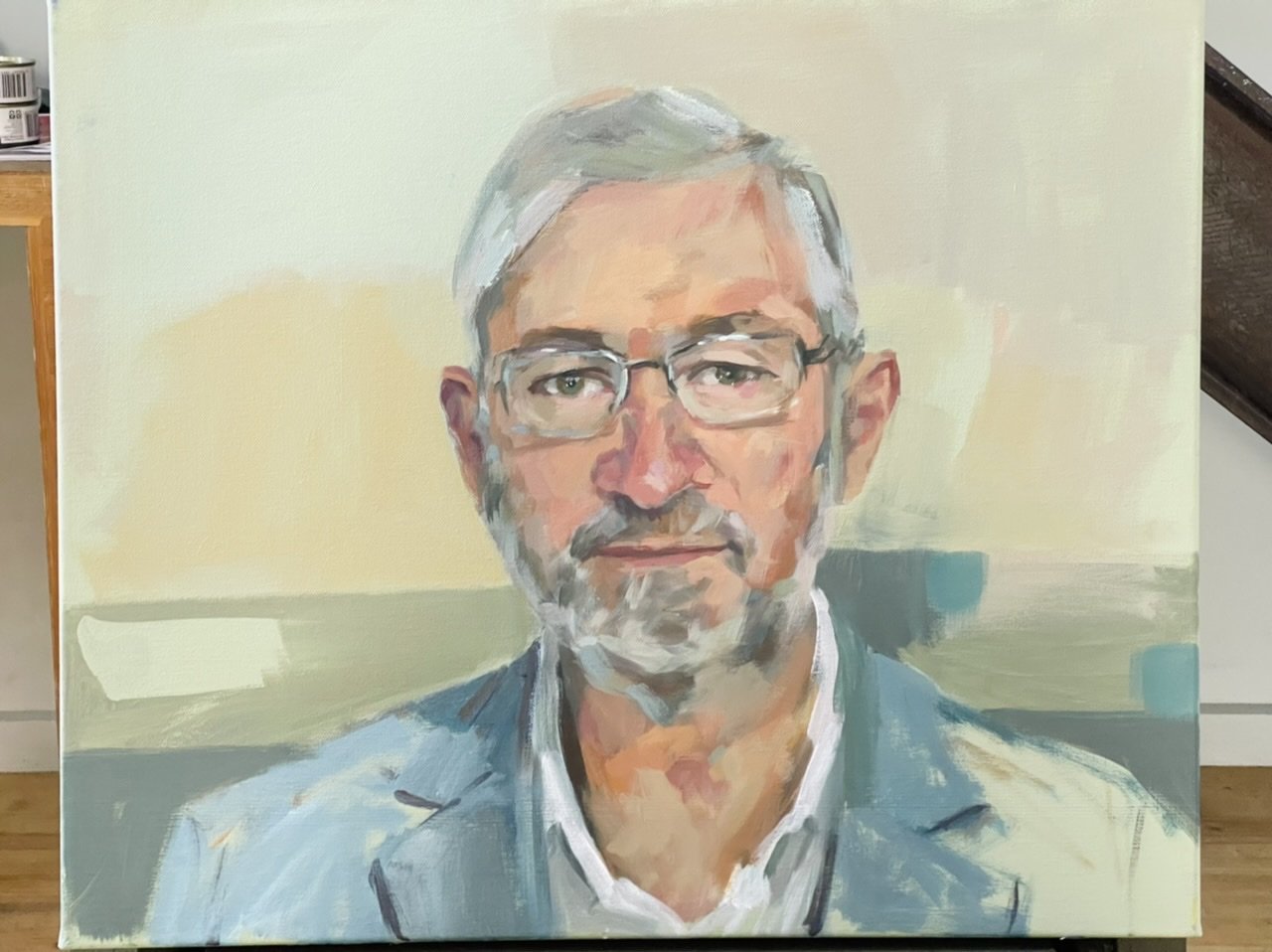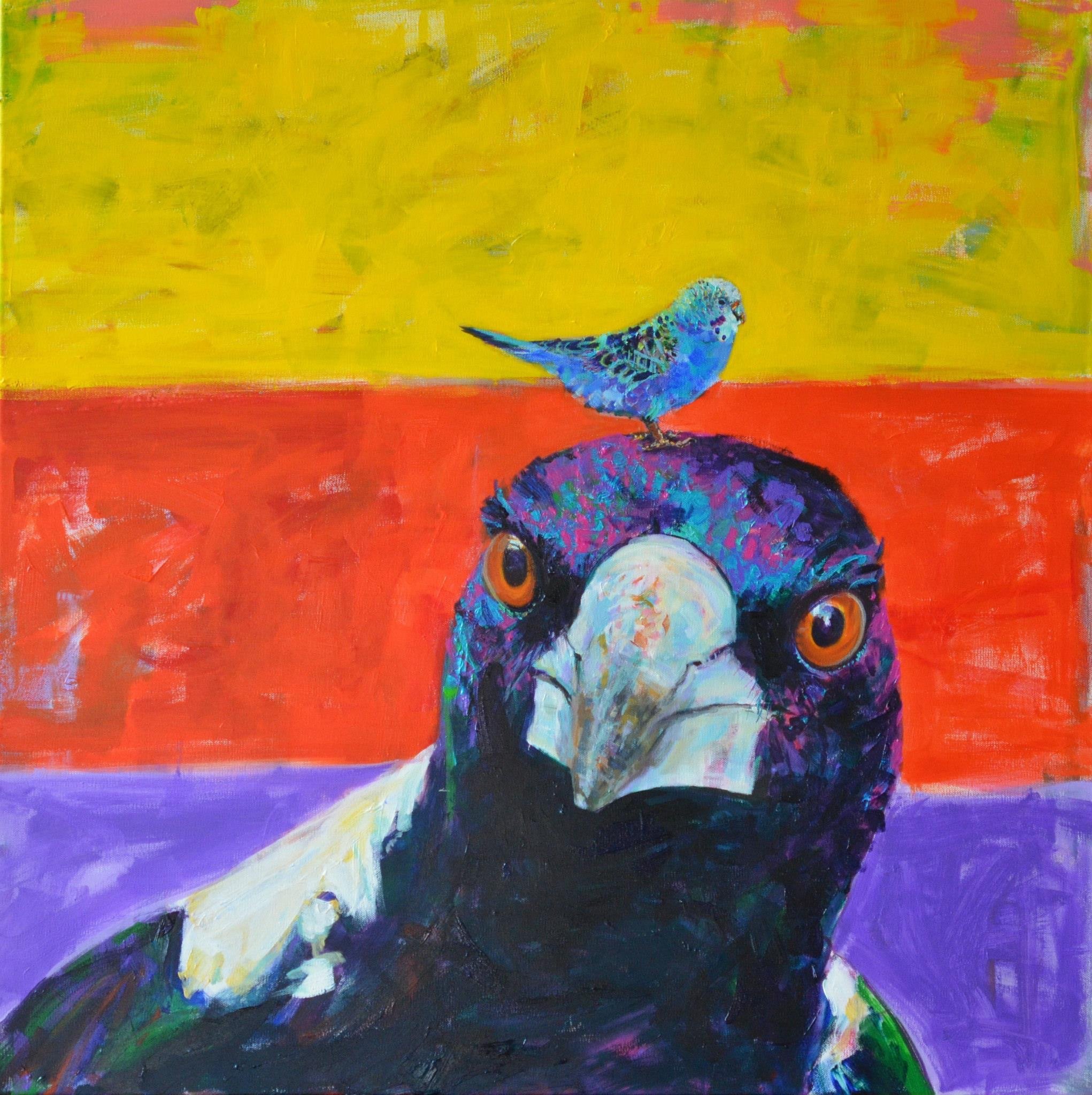…is something I say alot when I’m talking about my own painting philosophy.
What do I mean by “do the minimum”?
As always when it comes to articulating a concept in art there’s more to it than first meets the eye - I realise that I need to organise my jumbled thoughts into some kind of coherency that I can use to describe in words what I mean.
Words are hard!
I admire those that write well and speak just as well.
Enough with the apologetics and on to the explanation!..
“Do the minimum” doesn’t mean to skimp and not be generous in whatever work I am doing at the time or with the materials I am using. So it doesn’t mean paint sparingly, like put on a little bit of paint and make that go a long way by spreading it thinly over the area with lots of stretching the paint with vigorous brush work. No elbow grease required. Perhaps that could work for a minimalist approach, but here you’re putting in a lot of effort to make a lot of effort look sublime and simple, yet deep and rich and interesting. Minimalistic is the opposite of “do the minimum”.
On the contrary, “do the minimum” means put out a lot of paint and in 1 deft movement apply that paint to wherever it is going, and to do that bit effortlessly. I do have to put effort into solving things (like colour, tone, paint consistency) on the pallet first, I need to know what’s on my brush at the time I load it with paint and have some idea roughly of what it’s going to do when I offload it onto the painting, but not worry about it not doing exactly what I expect it to do when I lay down the paint (there’s always going to be some unexpected deviation from my expectations), and then stopping when it’s done just enough to vaguely express what I was hoping it would, or stopping sooner if it looks completely wrong from the get go. Once that paint mark is down I must let that paint mark sit there as I move onto the next paint mark, I can afford to tweak it gently once or twice, perhaps with another brush or my finger or a rag, but then I must move along to working on the next mark first on my pallet loading the paint onto my brush as closely to what I want to achieve with the next brush mark as possible, then offloading that paint onto my painting with as little effort as possible. Then, with as minimal corrections as possible tweak the mark and accept it for what it is - good or bad, right or wrong I can come back to it later and correct it with a new mark of paint. Later…when it’s dry and the whole painting is full of these kinds of paint marks the chances are that it’ll look better and make more sense with the addition of other paint marks that have been laid down next to it.
Every thing looks different when surrounded by different things. Like a tall person looks tall when surrounded by short people, but not so tall when everyone is tall. Red looks more red when it’s sitting next to green, but less red when it’s sitting next to a brown-red colour, or next to purple. A field of yellow sour sops look pretty from a distance, but not so great when one or two pop up between the paving along with a thistle and some stinging nettle and pigeon poop that’s been blackened with whatever berries they’ve been eating that day.
“Do the minimum” is about minimum time spent applying paint and maximum time spend preparing for that application.
